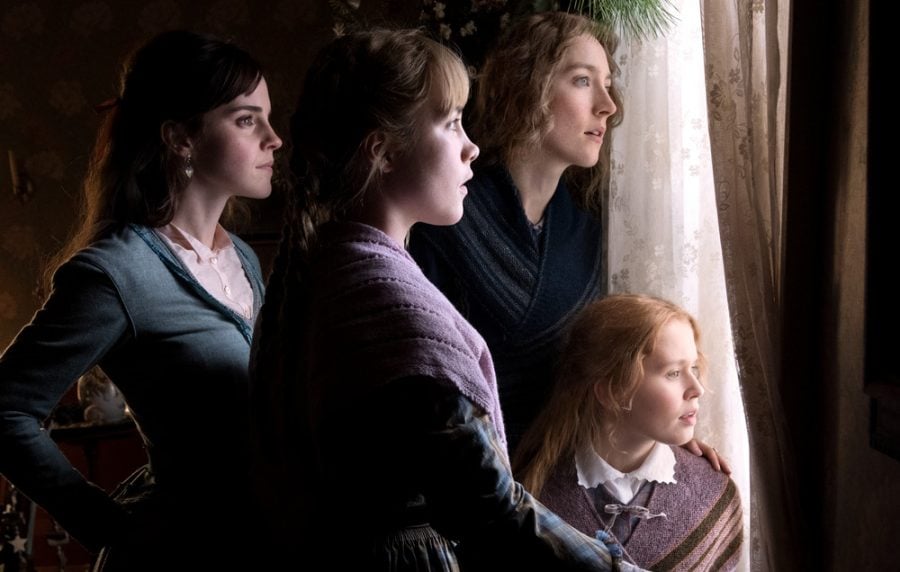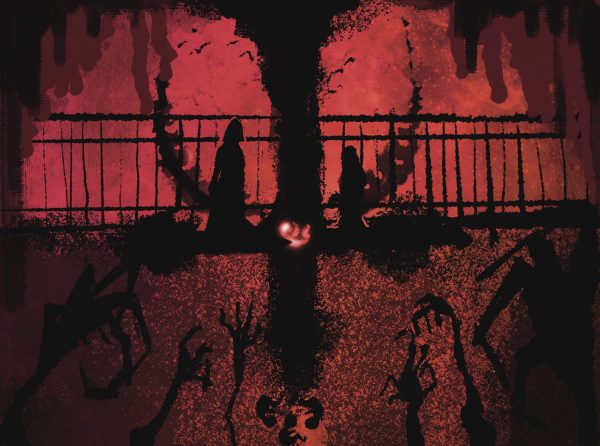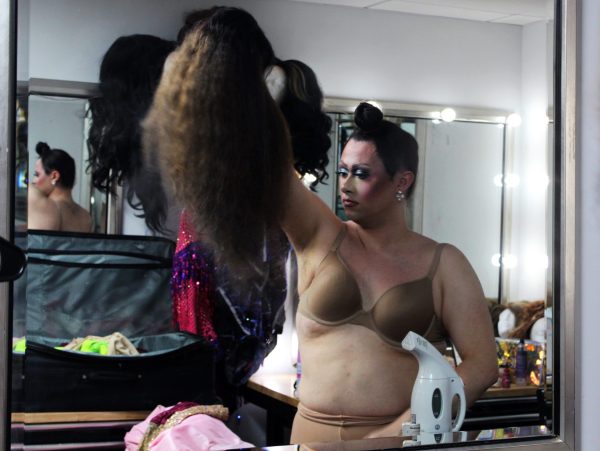REVIEW: Gerwig’s ‘Little Women’ a modern, timeless adaptation of classic
Since it was published in 1868, Louisa May Alcott’s famous novel “Little Women” has received a new adaptation 14 times. The book has been rewritten for the big screen, the small screen and the stage, but the world simply will just not quit talking about the March sisters.
With a star-studded cast and Greta Gerwig at the helm, there was no doubt that the 2019 adaptation of Alcott’s novel would be a magical one, and it did not disappoint. The film is the kind of film that makes the viewer wish they had as much passion for anything as Jo March has for her writing. It makes the viewer yearn for the golden hues of childhood, and forces them to reflect on the ways that they have changed since their childhood ended and they were thrust into the reality of adulthood.
Gerwig has done something unique with this film, which is that she has modernized it without putting it in a modern setting. She has brought to the forefront the questions about a woman’s place in the world and ambition and change without removing the story from its original context. It’s the same ol’ “Little Women,” but there’s a new air of consciousness in it that arises from the questions that the girls deal with as they grow up.
The film begins just after childhood has ended, and the audience is thrown into Jo March’s (Saoirse Ronan) life as a struggling writer living in New York City. The film primarily follows Jo’s path as Gerwig tells the story through two different timelines, one that follows the March sisters’ childhood, and one that follows the different paths each sister has taken in early adulthood.
Gerwig tells this story beautifully, weaving it together with different color palettes symbolizing where the audience is in time. In an interview with The New York Times, Gerwig explained her choices in colors, saying that she was inspired by paintings by Winslow Homer, Lilly Martin Spencer and Seymour Joseph Guy. She said that in childhood, “everything, whether it’s the sunlight or the firelight, feels golden.” When the sisters reach adulthood, however, the light turns white. “It’s not cold, but it’s less magical,” she said.
Gerwig’s cast is brilliant. Ronan’s Jo is a modern yet still timeless adaptation, and Florence Pugh’s Amy is a wonderful sparring partner for Jo. As Amy grows up, however, Gerwig and Pugh allow the audience to fall in love with her. She is a realist, she is ambitious and she will accept nothing but the best. Emma Watson and Eliza Scanlan as Meg and Beth, respectively, offer soft, warm contrasts to Jo and Amy. Timothée Chalamet is the quirky and youthful Laurie, and rounding out the cast are Laura Dern’s loving Marmee, Chris Cooper as the lonely Mr. Laurence and Meryl Streep as the cold Aunt March.
The obvious chemistry of the cast is joyful to see, especially the relationships between the March girls and Laurie. Watching the young man fall in love with the sisters is heartwarming, and the friendship that the five share in childhood is beautiful.
The layers in this film seem to be endless, and with each viewing, more and more revelations crawl out of the woodwork. The film warms and inspires viewers of any gender. It is not a movie that is just for women, but instead, there is something for everyone. In a film so full of love and heart, how could there not be?





![DePaul sophomore Greta Atilano helps a young Pretty Cool Ice Cream customer pick out an ice cream flavor on Friday, April 19, 2024. Its the perfect job for a college student,” Atilano said. “I started working here my freshman year. I always try to work for small businesses [and] putting back into the community. Of course, interacting with kids is a lot of fun too.](https://depauliaonline.com/wp-content/uploads/2024/04/ONLINE_1-IceCream-600x400.jpg)







